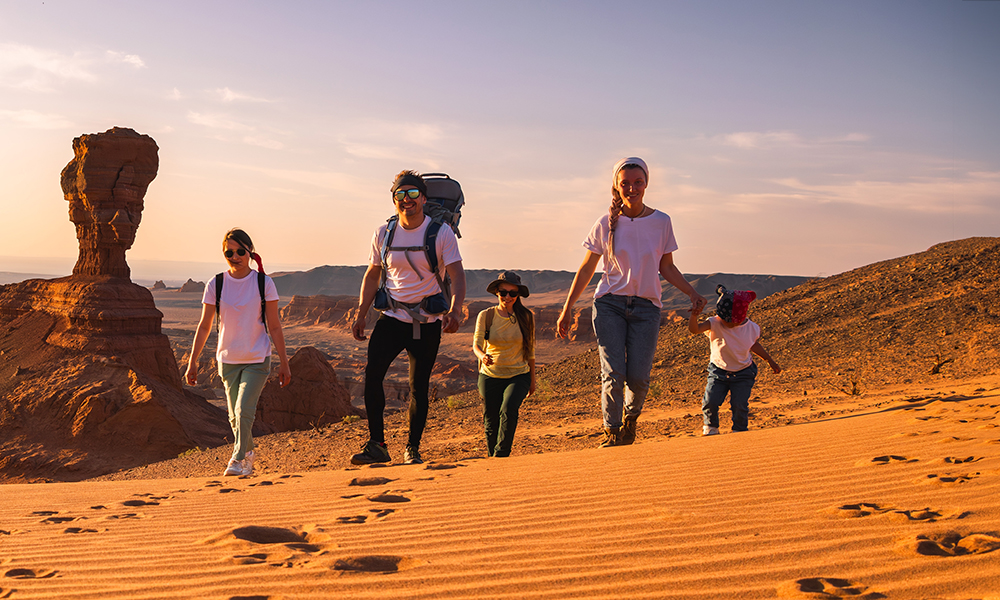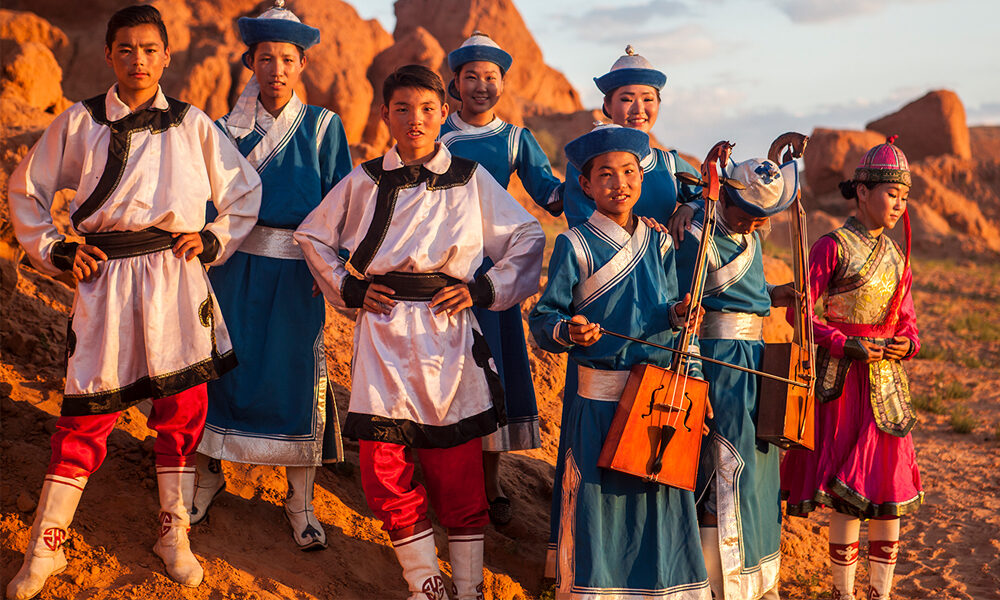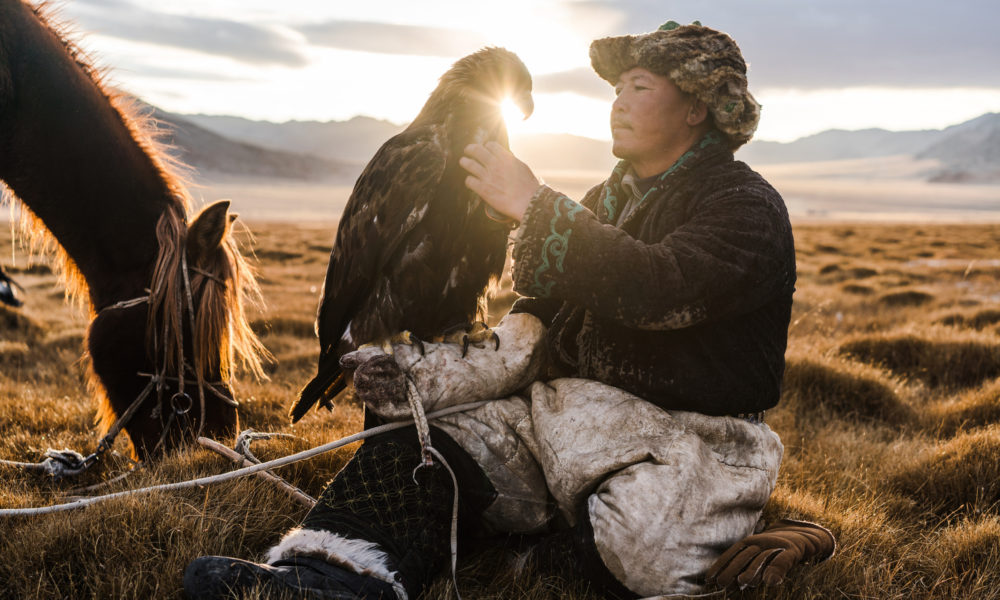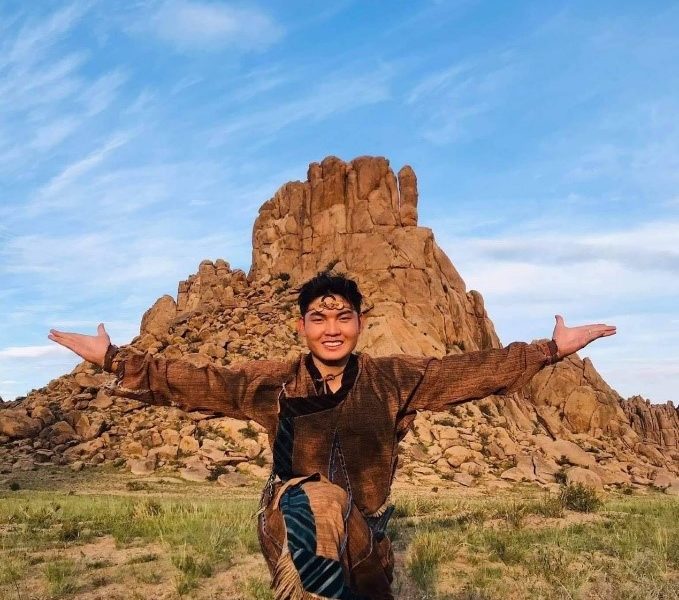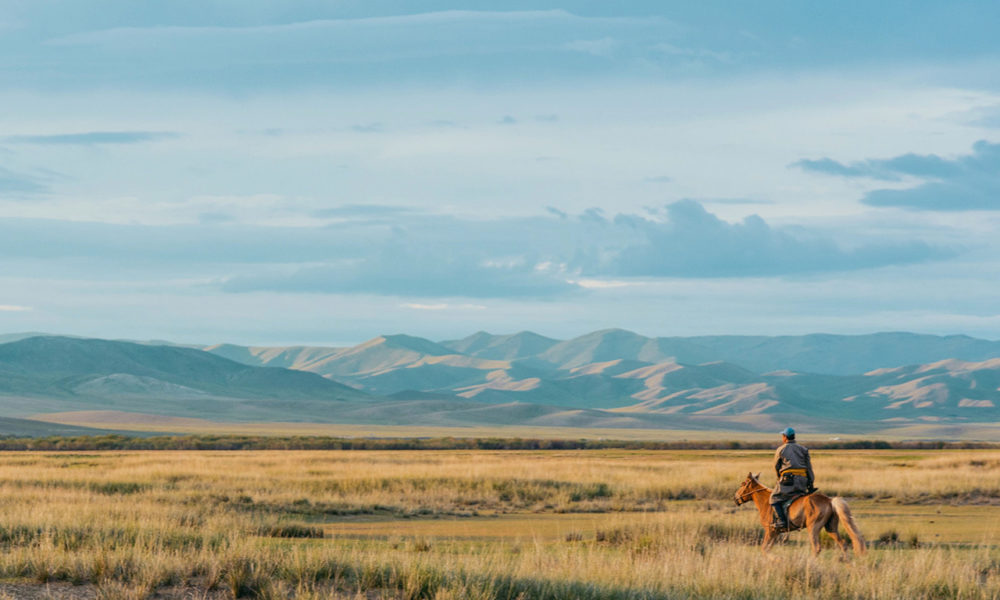In Mongolia, horses are more than just animals; they are integral to the nation’s identity and way of life. With a horse population that rivals its human population, Mongolia’s equine companions are celebrated for their resilience, strength, and unwavering spirit.
Category: Mongolia
Mongolia
Update: Khankhongor Scholarship Program for 2023-2024
For the last 15 years, Three Camel Lodge and our sister company, Nomadic Expeditions, have proudly supported local students studying traditional Mongolian music and dance at the Gobi’s Khankhongor School. We frequently hold performances at the lodge, giving these talented students the chance to showcase their skills and share the beauty of these cultural traditions with our guests. Additionally, we also contribute to the Scholarship Program on an annual basis.
Read more “Update: Khankhongor Scholarship Program for 2023-2024”
Stay Protected: The Benefits of Travel Insurance for Your Trip to Mongolia
When planning a trip to Mongolia, such as a remote destination like Three Camel Lodge, it’s easy to get swept up in the excitement of your own itinerary. However, while adventure is a major part of the experience, preparing for unexpected surprises can only further benefit your experience. Travel insurance isn’t just an extra cost—it’s a part of vacation planning that ensures peace of mind. Keep reading to learn how you can stay protected with travel insurance during your Mongolian journey.
Read more “Stay Protected: The Benefits of Travel Insurance for Your Trip to Mongolia”
Mongolia’s Enchanting Sounds
The Traditional Instruments of the Mongols
When you travel to Mongolia, you’ll discover a rich musical culture that reflects the country’s customs and traditions. Traditional instruments of Mongolia are divided into categories like strings, wind, struck, bowed, and percussion. These are classified as either indigenous or adopted and modified from neighboring ethnic groups or conquered countries. Read more “Mongolia’s Enchanting Sounds”
Preserving the Sport of Khans
Three Camel Lodge Goes Beyond Green to Support Falconry
Falconry has an ancient and distinguished history. The world’s oldest field sport, it began on the great steppes of Asia, flourishing under the khans of Mongolia, who practiced the art between military campaigns for sport and to capture food.
The nomadic Mongolian’s hunting practice has always used female golden eagles—which can reach 15 lbs with a wingspan of 7 ft 8 in—to set after quarry and use their talons and diving speed of up to 200 miles per hour to snatch up or take down such animals as hares and foxes. Females are used to hunt as reverse sexual dimorphism—found across almost all of the raptors—finds females up to 37% larger than males, thereby more powerful in their attack, as well as less likely to be injured by retaliating prey.
Khankhongor School Scholarship Grantees 2021-22
This article was originally posted on Nomadic Expeditions Travel Blog
Since 2008, Nomadic Expeditions and the Three Camel Lodge have proudly supported local students studying traditional Mongolian music and dance at the Gobi’s Hanhongor School. We regularly host performances at the lodge that allow the students to share their talents with our guests and share the beauty of these traditional arts. Read more “Khankhongor School Scholarship Grantees 2021-22”
Naadam in Mongolia: The National Festival vs. the Countryside Festivals
What is the Naadam Festival?
Most travelers heading to Mongolia are intrigued by the annual Naadam Festival, the country’s traditional summer games. The games began more than 1,000 years ago and were created to ensure soldiers remained in shape during times of peace and consist of three events; wrestling, archery, and horse racing. The largest and most spectacular festival takes place in the capital of Ulaanbaatar on July 11 – 13. Over the summer, every province in Mongolia holds its own regional Naadam festivals.
Read more “Naadam in Mongolia: The National Festival vs. the Countryside Festivals”
The Nomadic Lifestyle
The Nomadic Lifestyle
A Lesson in Harmony with the Earth
Today the world is changing faster than we can comprehend, and it is all because of the industrial and technological advances of mankind. But on the Central Asian Plateau, a timeless way of life persists. Specifically in Mongolia, where Bronze Age nomadic tribes once roamed the steppes and the high mountains, their modern-day descendants today continue to live in coexistence with the environment.
Bankhar Dog Project: A Progress Update
Restoring the Bankhar Breed Population
Three Camel Lodge and the Bankhar Dog Project have jointly started breeding the Mongolian breed and reintroducing this native dog throughout the Gobi region to simultaneously help decrease conflict between herders and the wild animals who might prey upon livestock if not for intervention by Bankhar dogs.
Suggested Gobi Itineraries: 3 Popular Gobi Daytrips
At the Three Camel Lodge, there is no shortage of adventures to savor. The lodge is the ideal base from which to explore the Gobi’s must-see destinations. You will encounter vastly different eco-systems, ancient petroglyphs or use indigenous wildlife, and the region’s most fascinating sites of historical and natural significance.
Read more “Suggested Gobi Itineraries: 3 Popular Gobi Daytrips”



